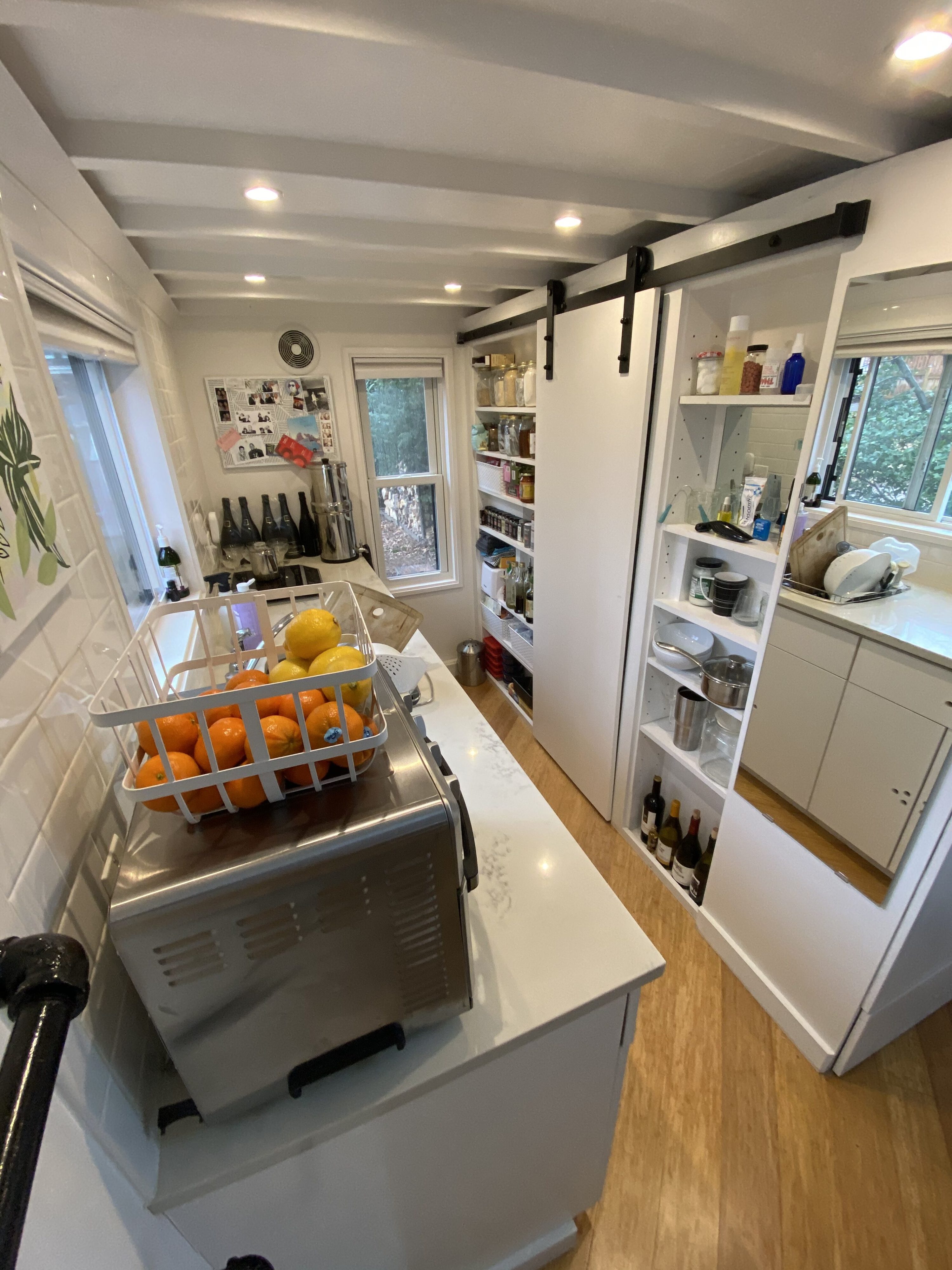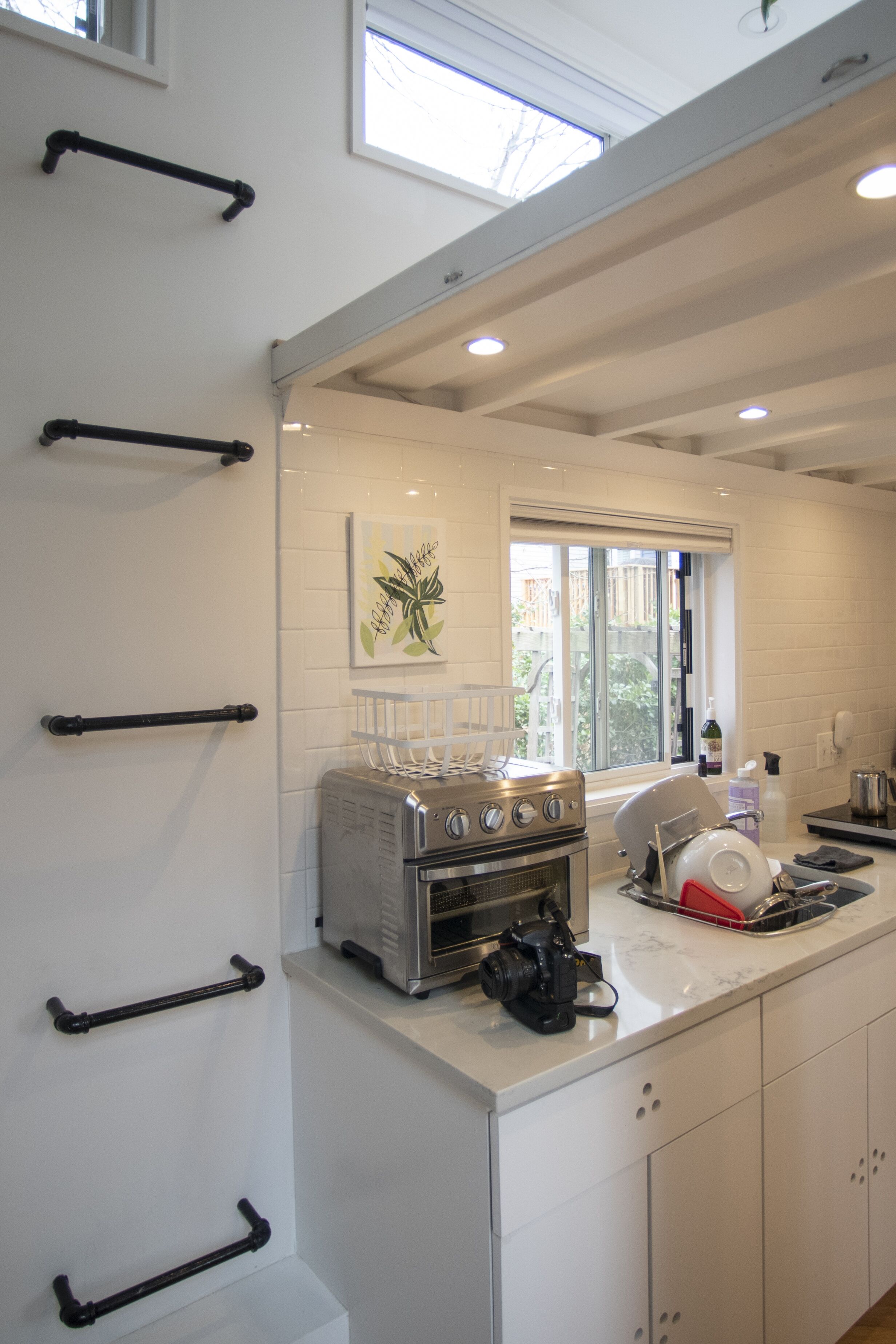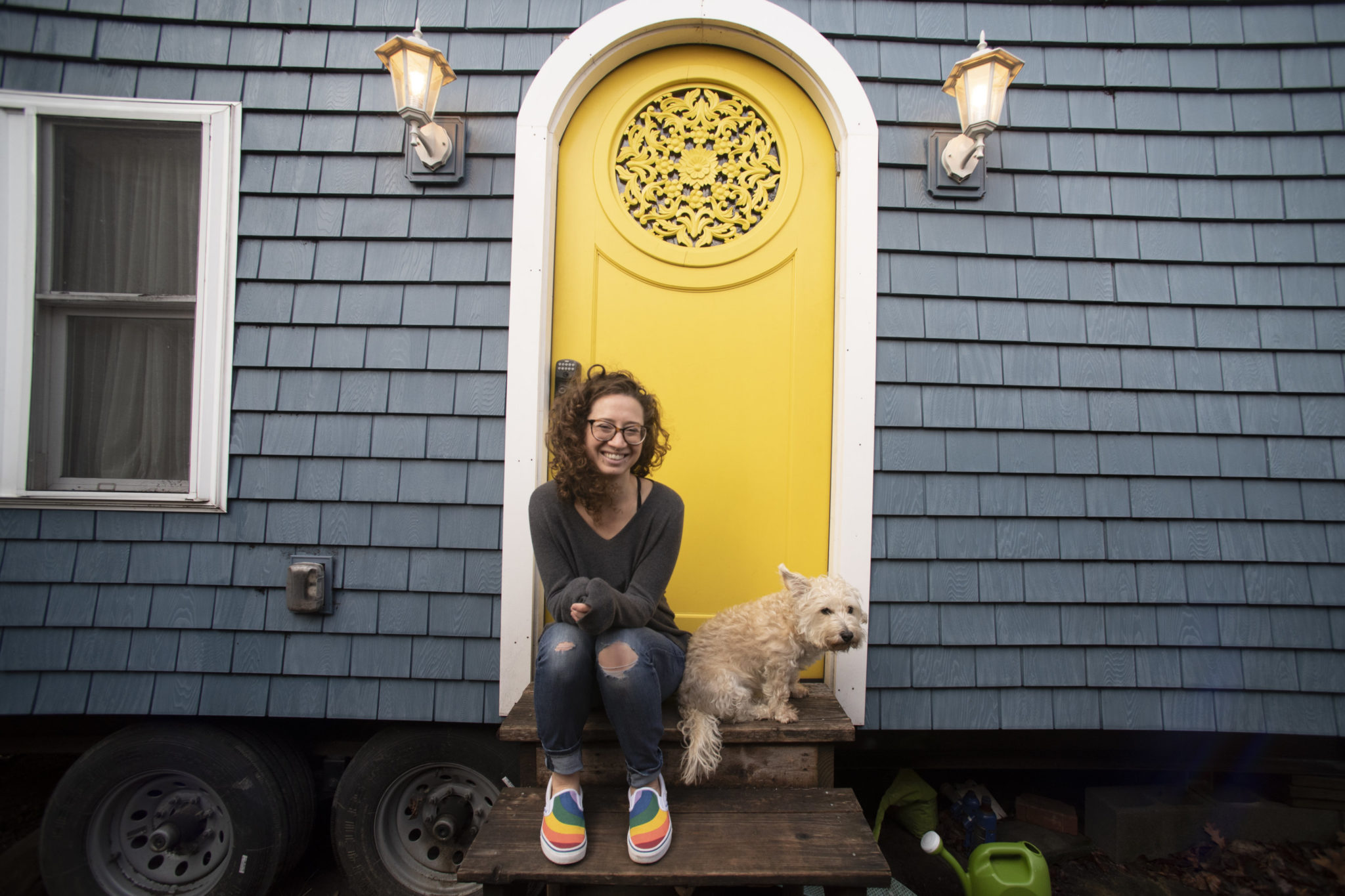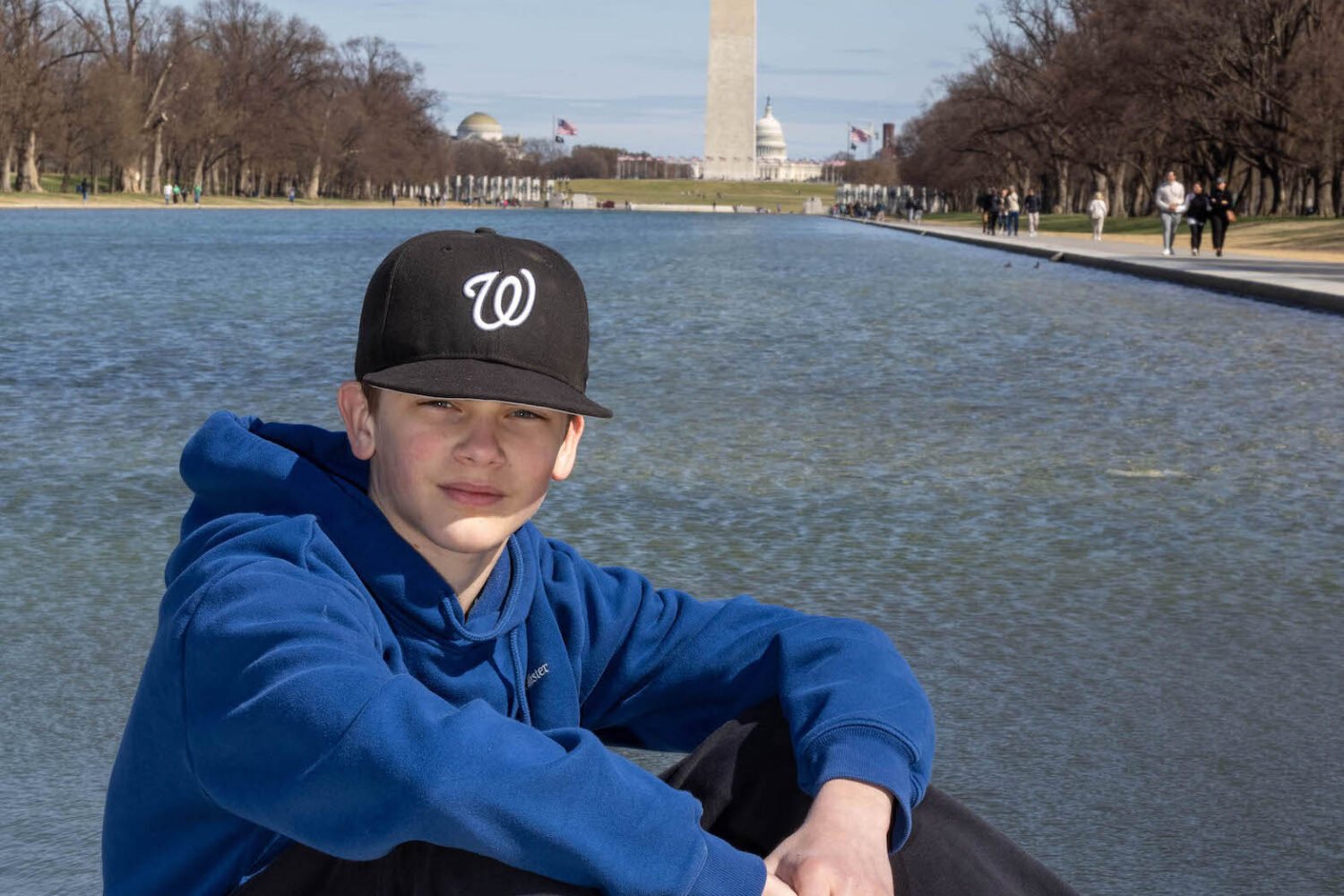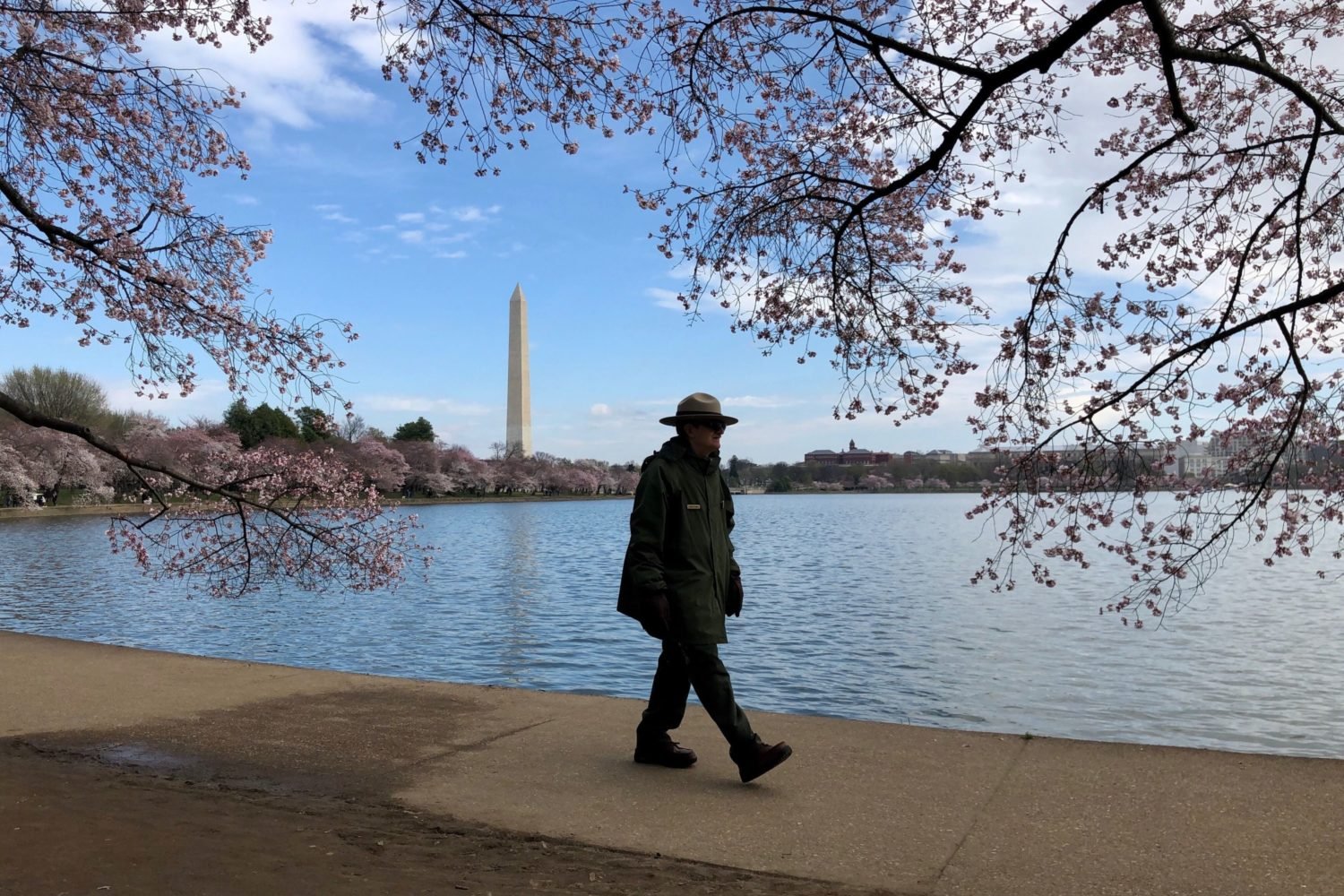About Coronavirus 2020
Washingtonian is keeping you up to date on the coronavirus around DC.
When I call on Wednesday afternoon, Heather Markowitz politely asks me to hang on a sec while she confers with her boyfriend, Josh. “Can I take the call here or should I go to the car?” I overhear.
His answer: the car.
When you’re co-quarantining in a 256-square-foot tiny house, this is the type of compromise you make to keep the peace. Luckily, it’s a sunny day, so Markowitz, 30, and her 20-pound terrier mix, Snoop, can hang out in the yard instead.

Even though she never imagined spending almost all her time inside the tiny house when she moved in two and a half years ago, Markowitz says life under the coronavirus lockdown has actually been relatively pleasant: “I got to design my dream house so I love being home.”
There have been mishaps, sure, like when she recently taught a 6:30 AM yoga class via livestream from the kitchen. Her mat was blocking the stairs, effectively trapping Josh in bed until class ended. Still, she points out that if they lived in a similar-size studio apartment, they’d have to share elevators and door handles with other residents. The tiny home, by contrast, is parked in the secluded backyard of a Trinidad rowhouse. “We have a small space,” she says. “But it’s private.”
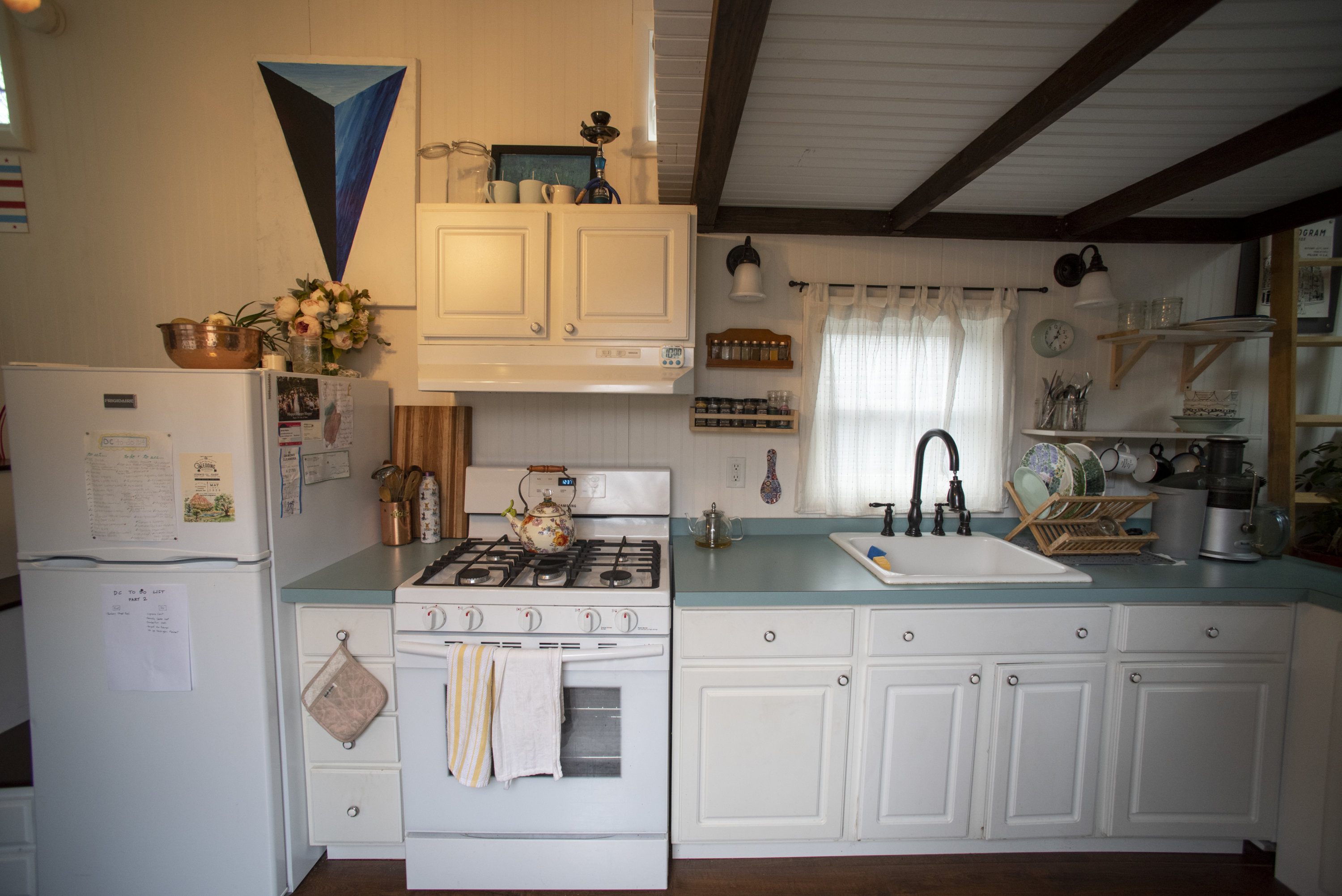
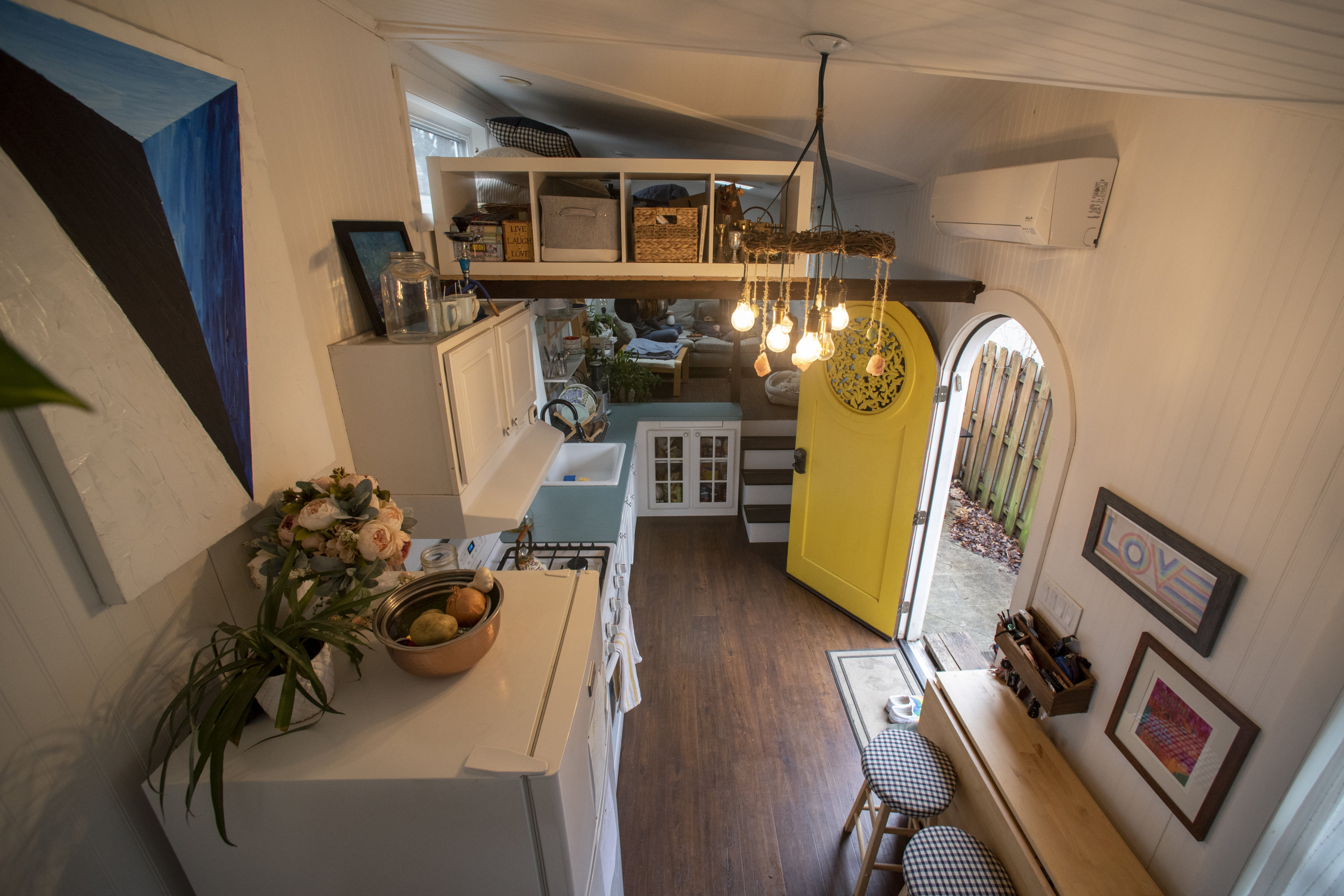
Markowitz was drawn to the tiny-house lifestyle because “I liked the idea of keeping myself accountable and having a limited amount of space so that I couldn’t accumulate things I didn’t actually need or want.” She custom-designed her home to include a kitchen, living-room area, a sleeping loft, a storage loft, and a bathroom with a shower and composting toilet. She lived there alone for nine months before her boyfriend joined her in 2018.
Cohabitation was initially a challenge, she says, mostly because his stuff took up so much of the built-in storage. They’ve since instituted a one-in/one-out rule. For example, when someone gave them two new mugs, they chose two old ones to discard. They can’t hoard months of canned goods and toilet paper the way many people have during the pandemic. But Markowitz says she does have an extra supply of TP stacked up by the toilet, and they’ve been able to limit grocery trips to once every week and a half.
Six weeks into quarantining, they’ve mostly figured out how to navigate their new normal, though the first week was bumpy. “We were trying to figure out how we could both be on calls at the same time,” she says. “I’m already a loud person, which is something we struggle with. He’s quite introverted.”
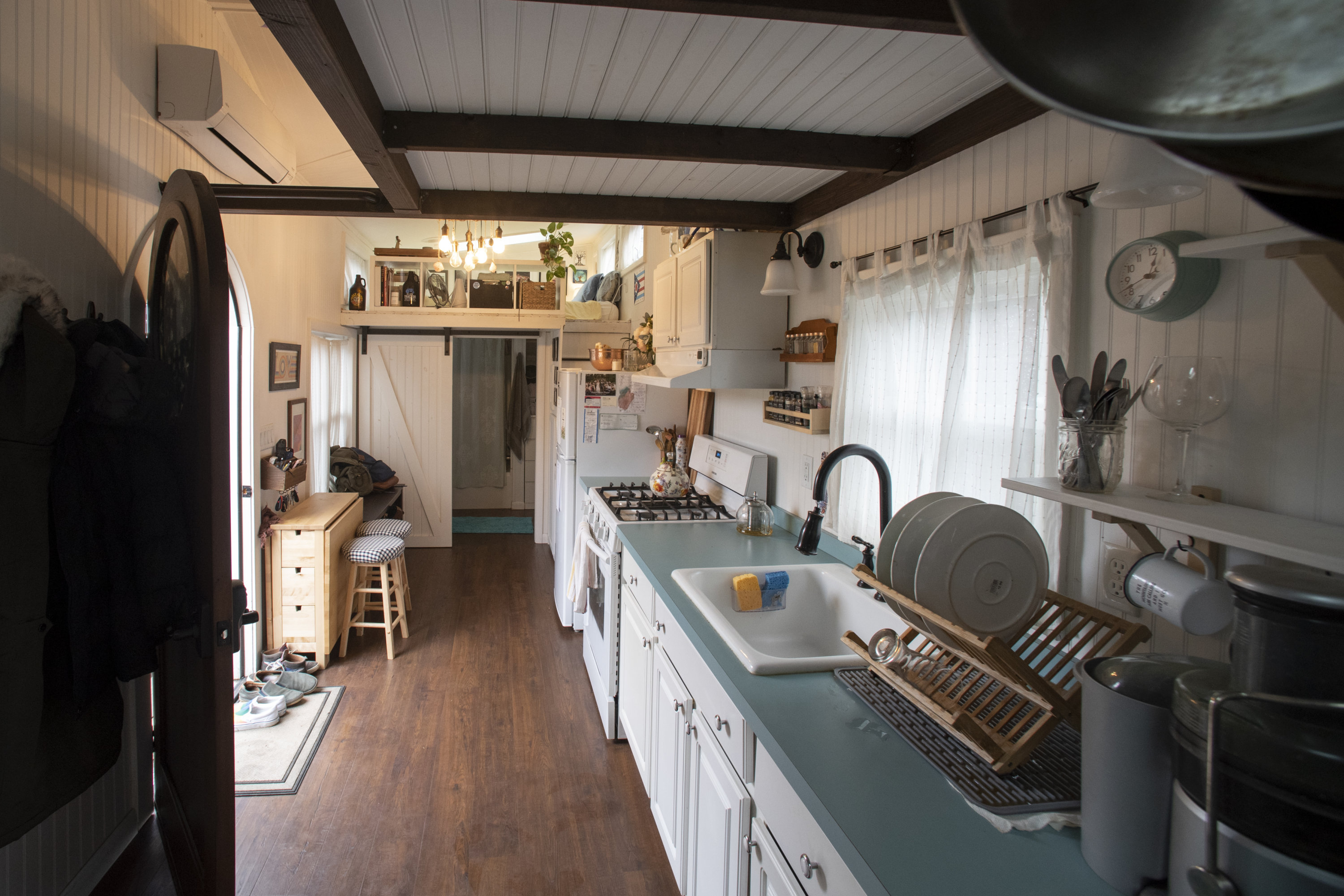
Josh works in web design. Markowitz, meanwhile, is a special-education teacher for kindergartners and first- and second-graders at a DC charter school—which means that interacting with them through video calls requires her to speak, and even sing, with a lot of enthusiasm. “It was me getting excited and singing songs and him, like, trying to run a meeting 20 feet away,” she says.
Now they’ve established a routine that mostly prevents their calls from overlapping. Otherwise, one of them can sit in the car or yard. “If he really is having a day where he’s overwhelmed and needs the house,” says Markowitz, “I’ll go on a drive or try to do errands.”
Another DC tiny-house resident—who asked to be identified by the psuedonym Siva because the legality of tiny homes in the District is murky—says he’s happier than ever about his choice to move into a 296-square-foot dwelling.
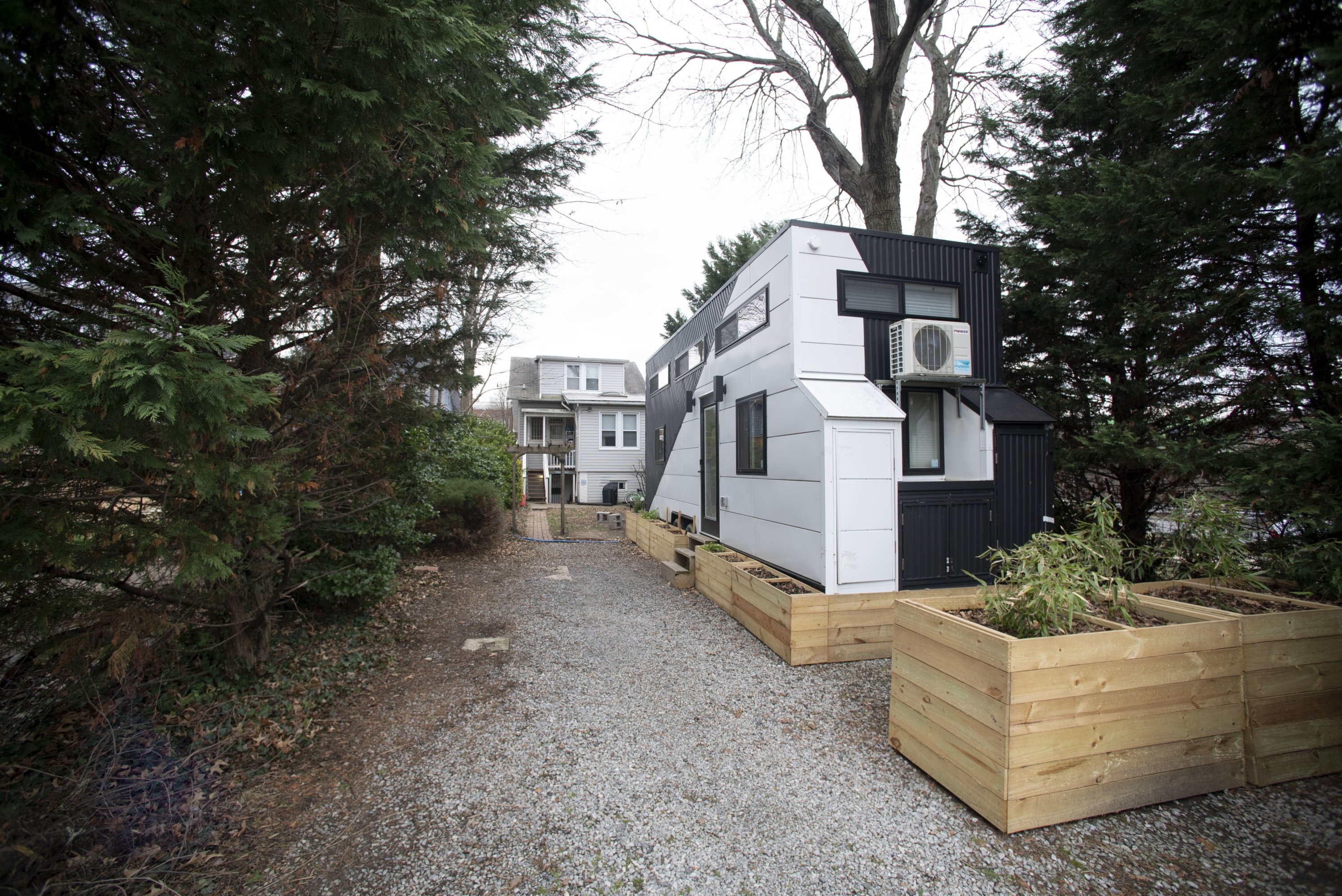
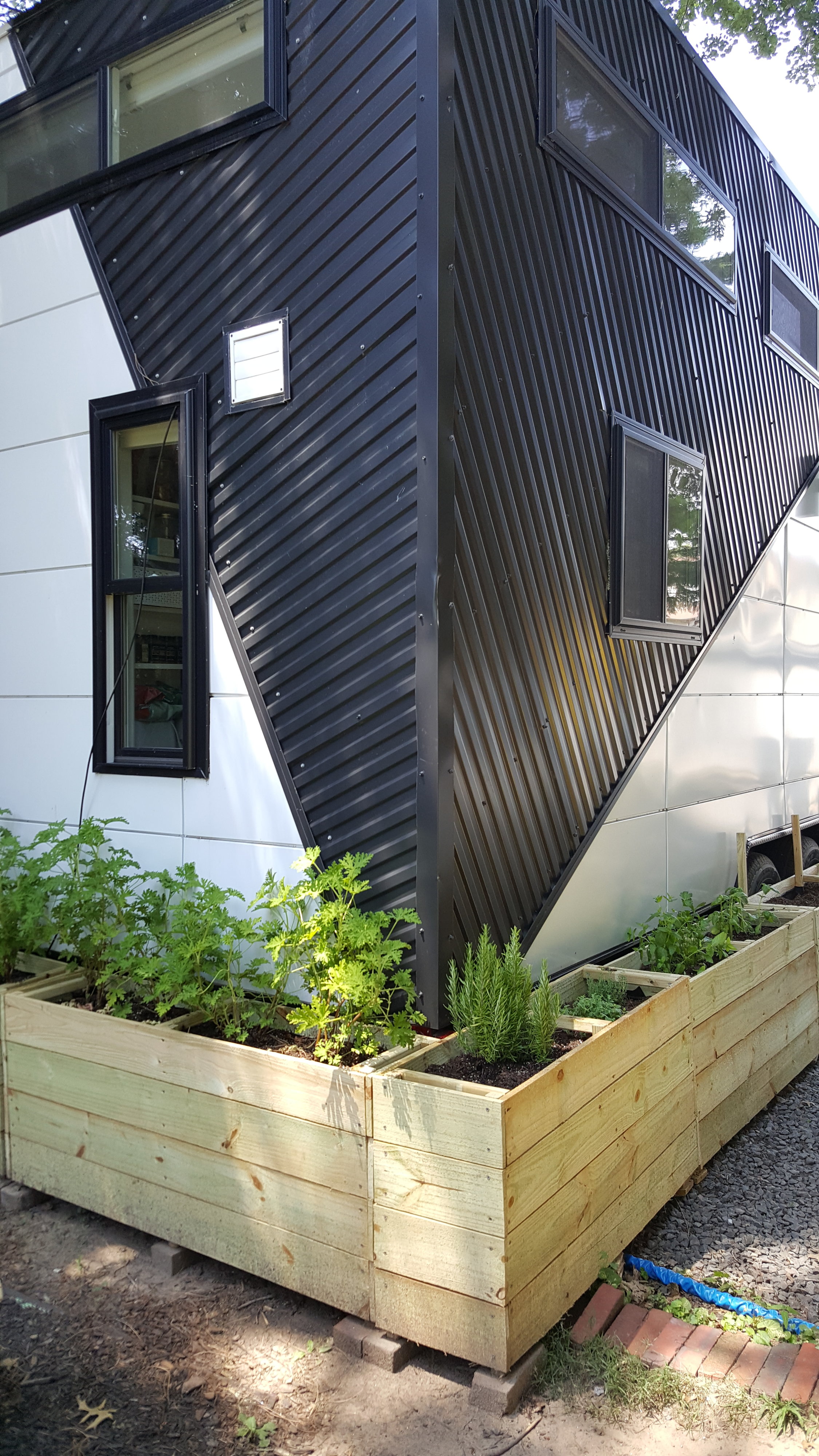
He designed his modern, minimalist tiny home in 2017 as a way to simplify his life and cut down expenses. He’d previously paid $1,200 a month to rent a studio apartment in an aging Capitol Hill building. The rent to park his tiny home in a Brookland backyard is about a third of that—a savings that’s especially significant now that he’s unemployed because of coronavirus.
Normally, Siva runs a photo-booth business that works weddings, fundraisers, and other big parties. “All of my events have been canceled for at least the next four to six months,” he says. “I was also teaching yoga, and now the studio is closed.” Though he’s still worried about how long the pandemic will last, Siva says his low cost of living means he can afford to be unemployed for a while. Since he began quarantining in mid-March, he’s also started planting his own produce, and he’s learning how to forage. So far, he’s found wild onions and a row of plum trees near the Brookland Metro.
He’s been getting food the conventional way, too, making grocery trips for fresh items about once a week. He also shops at Costco—yes, really. Though he hasn’t done it yet, he says if he needed to, he could fill the built-in storage around the exterior of his house with months worth of dry goods.
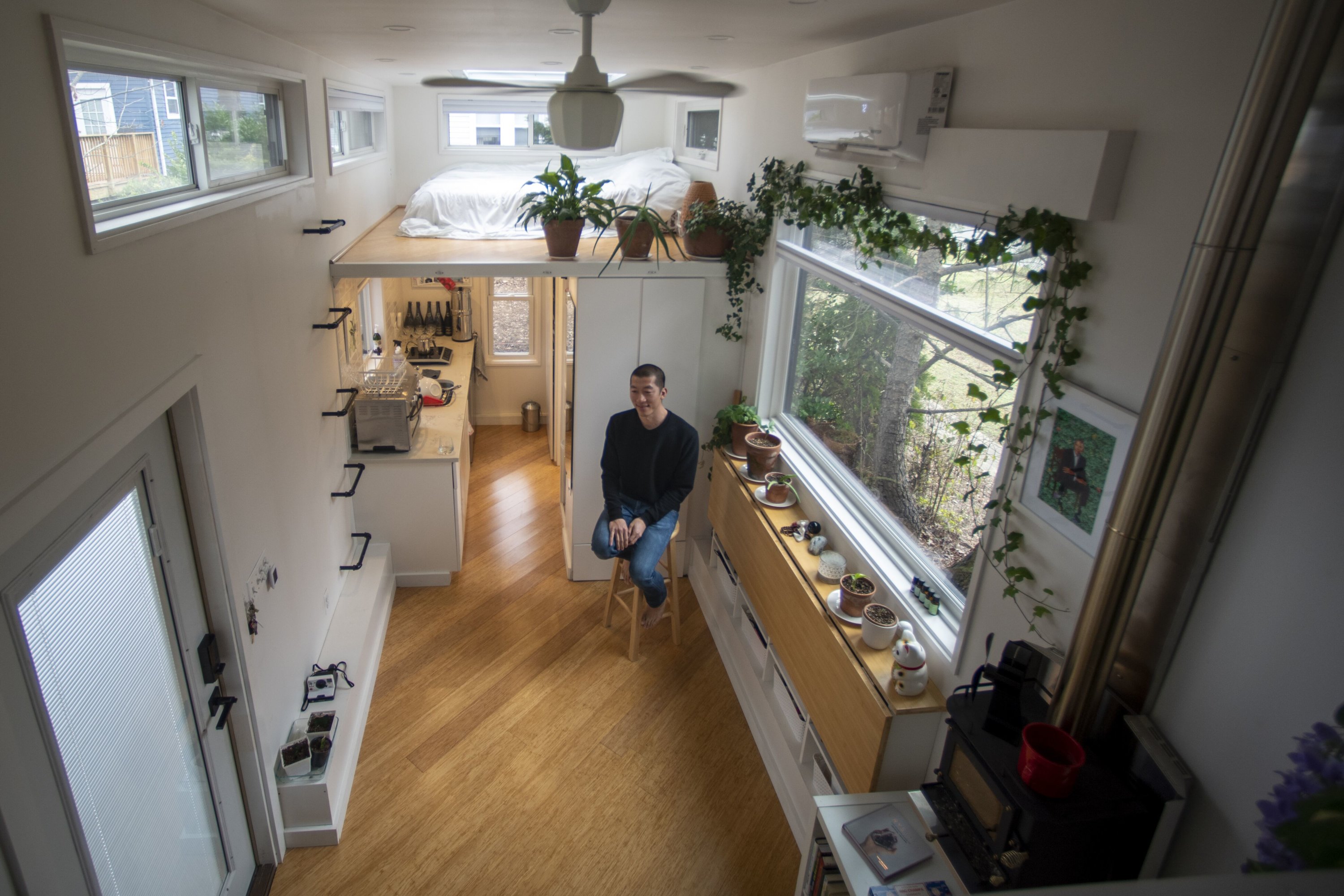
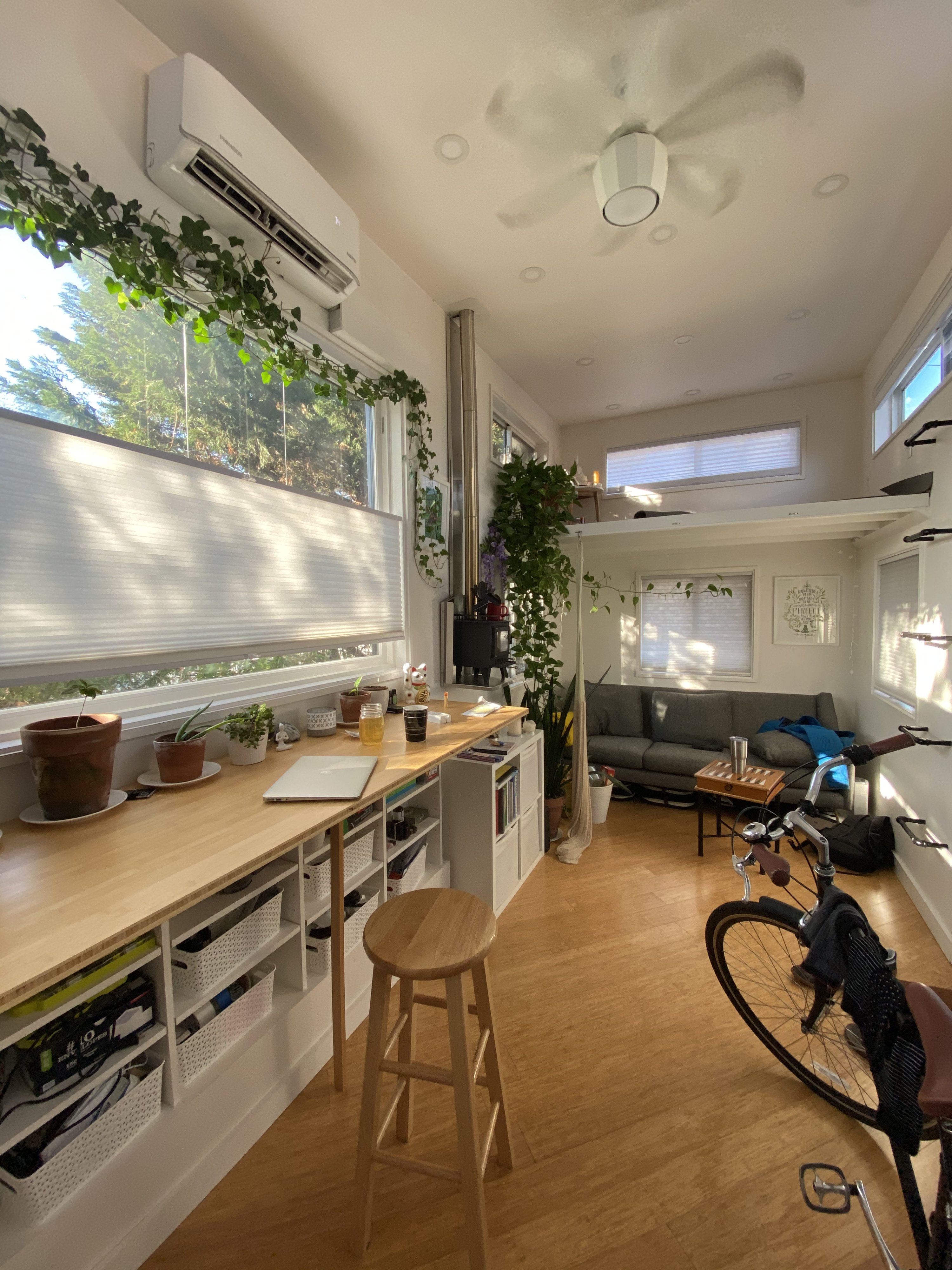
Though Siva says living by himself during lockdown has at times felt lonely, his new interest in gardening has helped. “People are passing by and saying hello,” he says. “I feel more connected to my neighborhood, just being outside.”
Like Markowitz, he has a kitchen, a living area, two lofts, and a bathroom with a shower and a composting toilet. When I ask if he’s starting to feel at all cramped or uncomfortable, he laughs. Between the cheap rent and his ability to isolate, he says he feels safe and content: “This is like sanctuary.”
